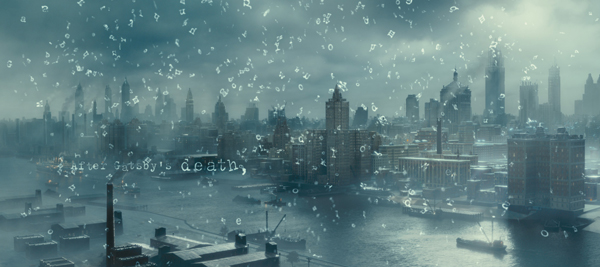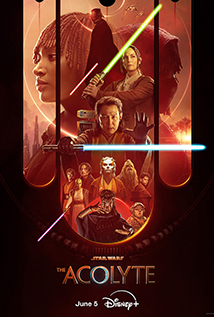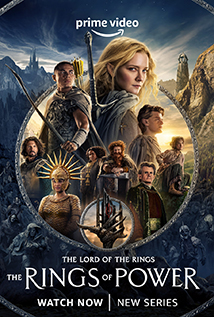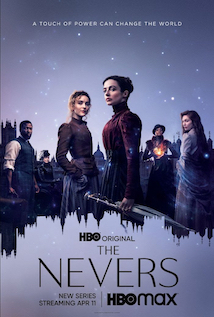What do you get when you have a major event feature film that runs at 2 and half hours, in 3D, with a rolling conform, multilayered transitions, complex optical sequences and thousands of VFX shots? A very involved Digital Intermediate process. Adriene Hurst (for Digital Media World) describes the process of finishing The Great Gatsby in this article: Cutting Edge Transforms ‘Gatsby’ into Living Colour.

Image courtesy of Cutting Edge/Warner Bros pictures
As the Editorial DI Supervisor my role on the film was to work closely with Senior Digital Intermediate Colourist Adrian Hauser and his team to ensure the DI was always as up to date as possible – no simple feat with a cut that was changing by the minute and VFX updates rolling in continually. I was also the point person for Lead Flame Artist Hugh Seville and his team of artists who were handling the sequences dubbed by Baz as “poetic glue”, ensuring they had the latest scans, VFX and reference to create these complex opticals.
The above article is very focused on the excellent job Cutting Edge did with the DI. To add an editorial slant to that information I’ve jotted down five tips on managing a complex DI from an editorial perspective.
Know When To Turnover: Just because the cut is constantly changing doesn’t mean the DI team want to receive new reels daily. Just as the turnover process from editorial takes time, when the DI team receive fresh turnovers they need time to load the new sequences, check them, link to new VFX, adjust transitions and all the rest. There’s no point giving them a new reel 2 if they’re spending the next two days working on reels 5 and 6. Be in touch with the DI team and find out what they need and when.
Know What The DI Are Looking At: As the DI and Editorial versions of the edit won’t always be in perfect synch, it’s important to know what version of the edit the DI have. I would always keep the latest versions of reels I’d turned over to DI handy, so if any questions arose I could pull up their cut, compare it to the live cut and see if there were any differences or changes to report. Sometimes DI would call about a problem shot and I would be able to tell them not to worry as that shot had already hit the cutting room floor, or been replaced by a new non-problematic VFX version.
Keep Tabs On VFX: On Gatsby we were receiving deliveries of new VFX every day, several times a day. Not only did this affect decisions of when to turnover (for example, holding off a turnover by an hour until all the latest VFX were cut in) it also affected the cut I would turnover. VFX WIP versions we would get in the Avid weren’t always available as full DPX sequences that the DI could access, so quite often we would roll back a shot to an earlier version which was available as a DPX sequence so the DI had something to work with. Thus, it was imperative to know what shots were available and in what formats from the VFX crew.
Breakdowns Make Things Manageable: The complex optical “Poetic Glue” sequences were all handled in Flame, thus all the ingredients needed to be available to the Flame artists to create the final composite. At first glance these sequences with their multiple elements – some VFX, some not – layered over each other with text and graphics thrown in can look like a post nightmare. I found that making a simple breakdown for each sequence, listing each element – whether it be original camera footage, VFX, text or something else – was a good starting point. These breakdowns also worked as a hitlist for both co-ordinators and the Flame artists to know what materials were required for Poetic Glue, so they could be fast-tracked to the DI.
Ask Questions, Never Assume: It seems really basic, but simply raising a question can save a lot of extra work. Whether it be asking the editor “are you in the process of making a change to this reel?” or “I noticed a small adjustment on this shot, was it on purpose or a slip?” a quick answer can save hours of re-turning over a reel, or having to go back and re-adjust an unintended change. The lines between VFX and DI quite often were a little blurry on this project, with DI picking up simple VFX fixes, thus the question of “Is this a VFX shot or a DI fix?” was another good one to ask often, as the answer would sometimes change.
The DI process on any film is no simple feat, but the complexities of The Great Gatsby – both creatively and from a scheduling perspective – really raised the proverbial bar, and in my opinion both the editorial team and the Cutting Edge DI team very much stepped up.



